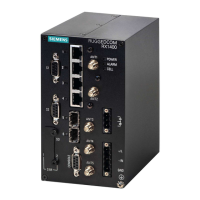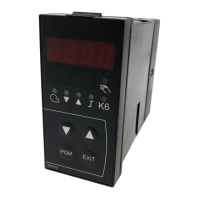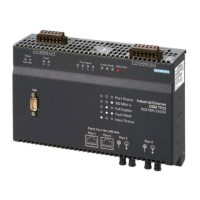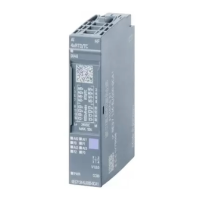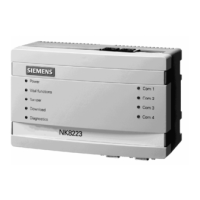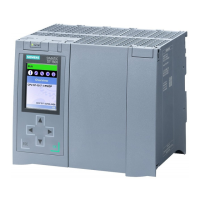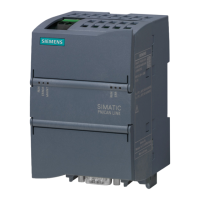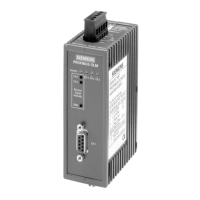RUGGEDCOM ROX II
CLI User Guide
Chapter 13
Unicast and Multicast Routing
Example: Basic Route Reflection 507
BGP Neighbors In an IPv4 Address Family
To configure a BPG neighbor that belongs to an IPv4 address family to be a client of the device, do the following:
1. Make sure an IPv4 address family is defined. For more information, refer to Section13.11.10.2, “Adding an
IPv4 Address Family”.
2. Configure the desired BGP neighbor in the IPv4 address family to be a client of the route reflector by typing:
routing bgp address-family vrf definition neighbor address route-reflector-client enabled
Where:
• definition is the name of the VRF definition
• address is the IP address of the BGP neighbor
3. Type commit and press Enter to save the changes, or type revert and press Enter to abort.
BGP Neighbors In a VPNv4 Address Family
To configure a BPG neighbor that belongs to a VPNv4 address family to be a client of the device, do the following:
1. Make sure a VPNv4 address family is defined. For more information, refer to Section13.11.9.2, “Adding a
Neighbor”.
2. Configure the desired BGP neighbor in the VPNv4 address family to be a client of the route reflector by typing:
routing bgp address-family vpnv4 address route-reflector-client enabled
Where address is the IP address of the BGP neighbor.
3. Type commit and press Enter to save the changes, or type revert and press Enter to abort.
Section13.8.11.4
Example: Basic Route Reflection
This example demonstrates how to configure a partially-meshed Autonomous System (AS) where a route reflector
advertises routes to clients and non-clients.
Overview
In the following topology, routes advertised by the external BGP (eBGP) router (labeled as R1) are forwarded to
the route reflector (labeled as RR). The route reflector then in turn readvertises the routes to its BGP neighbors.
Neighbors within the route reflector's cluster are the clients (labeled C1, C2 and C3). Neighbors outside of the
cluster are non-clients (labeled NC1, NC2 and NC3).
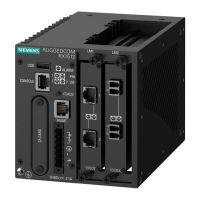
